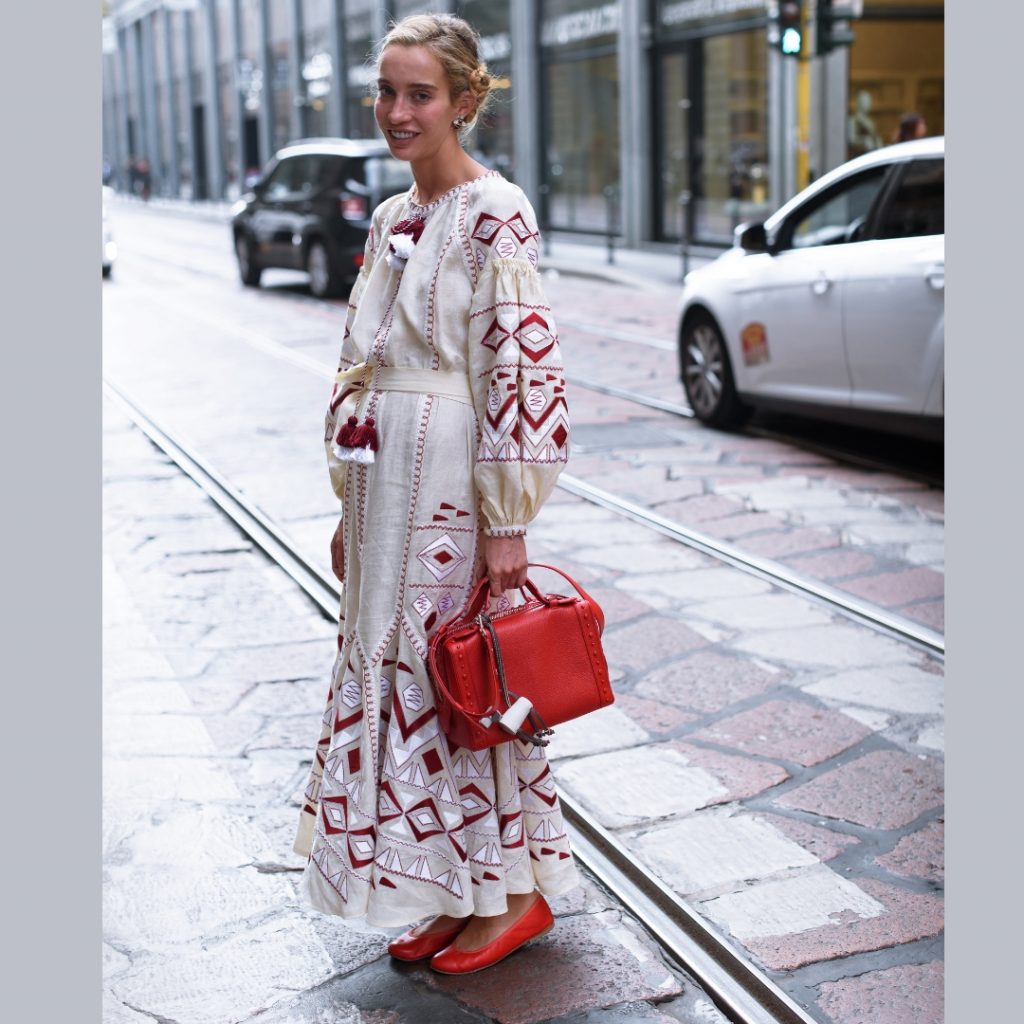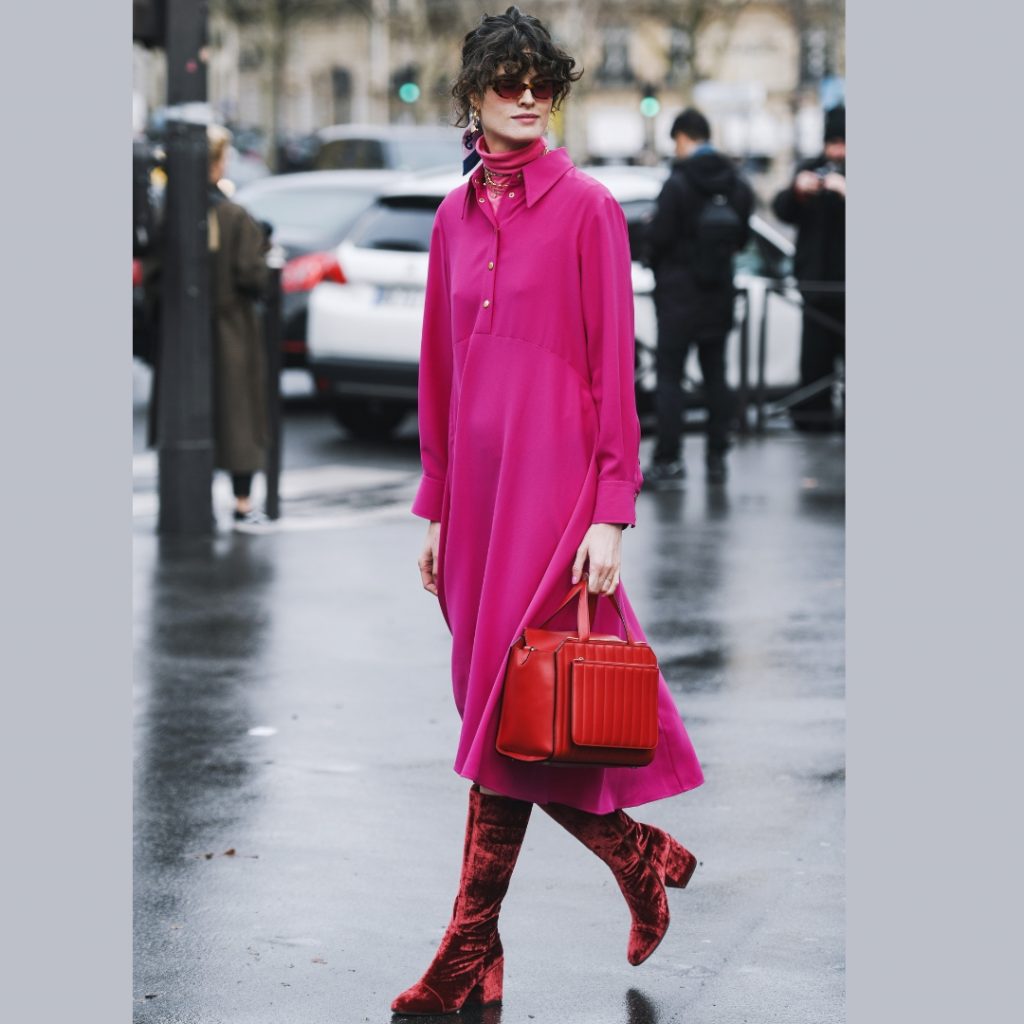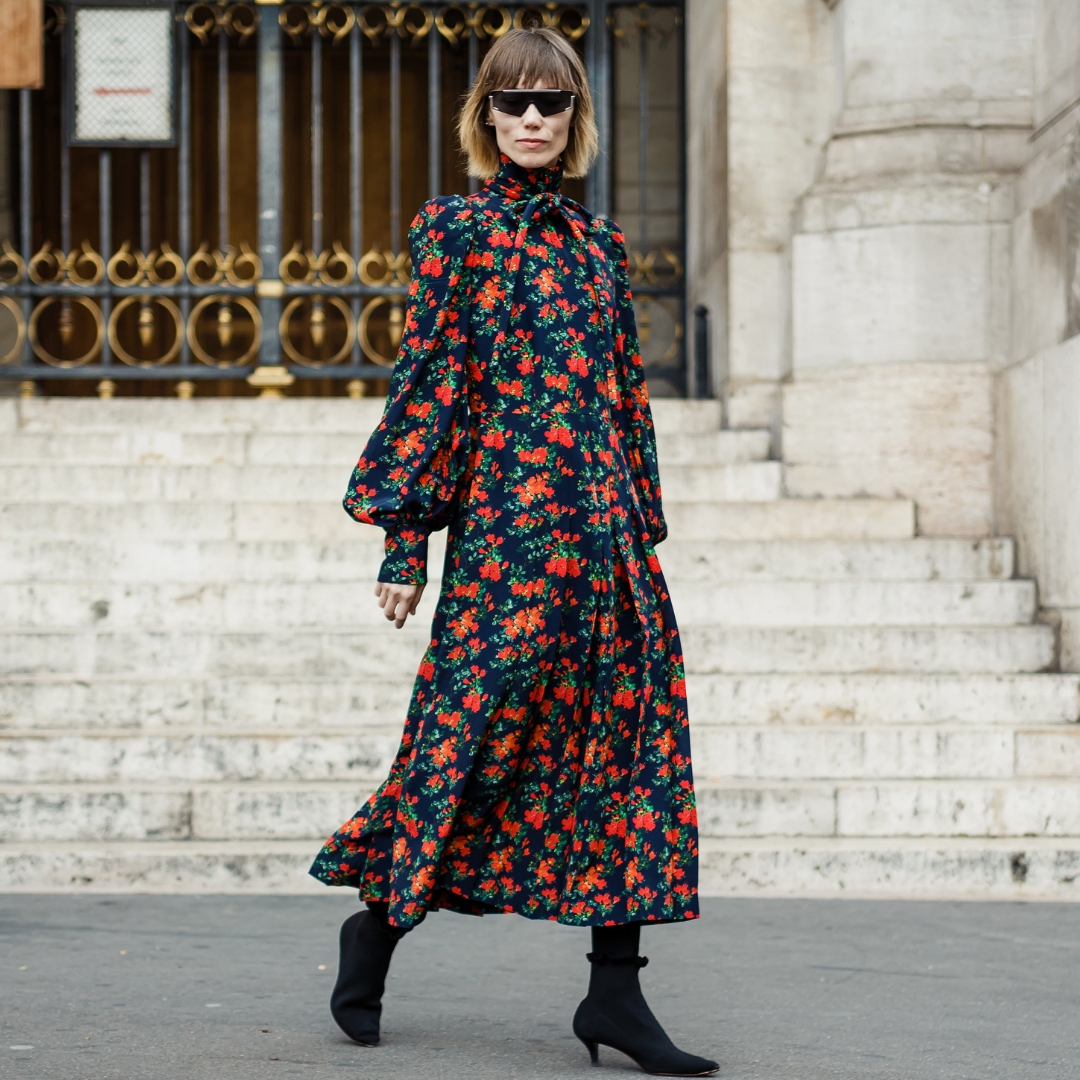Modest fashion used to be a specialised fashion for mainly Orthodox Jews, Orthodox Christians, and Muslim consumers. So the modest fashion style isn’t exactly a new trend. Women have been dressing modestly since the beginning of time. However, the Modest fashion style aesthetic has now taken to the streets and is embraced by women everywhere, regardless of their religious beliefs.
Let’s delve into the modest fashion style and why Notorious thinks it’s a good trend.
What Does it Mean to Dress Modestly?

The essence of modest fashion lies in choosing attire that reveals less skin and adhering to spiritual and moral values. A devout woman might opt for a maxi dress that discreetly shows a hint of her ankle rather than a mini skirt, emphasising long sleeves and high necklines as staples of this style. The modesty favours loose-fitting garments over those accentuating the body’s contours, for example.
However, there’s no definitive list dictating what can and cannot be worn but there is a consensus. For instance, the transparent, no-pants and naked trends are a no-go. The reasons are obvious, right? Because conservative clothing transcends mere bodily coverage or the renunciation of sexuality; it embodies a deeper, spiritual dimension that encourages the setting aside of vanity and ego.
Modest Fashion Style and Feminism

Another aspect of the modest fashion style aligns with the virtue of purity. It posits that a woman can be attractive while maintaining her dignity. This contrasts with the “look me in the eyes” stance taken by some who advocate for feminism while wearing deep necklines or sheer dresses without a bra. The idea is that a woman who embraces modesty doesn’t have to struggle to be taken seriously; she is foremost recognized for her intelligence and grace.
In our view, walking around semi-nude or with no pants does not make any woman stronger or more deserving of respect. Unless you’ve been dancing at Studio One in Holywood, where have you seen a man partying in his undies or with his nipples exposed?
How Did Modest Fashion Transition Into a Mainstream Trend?
The movement’s surge in popularity reflects a broader cultural shift towards inclusivity and respect for individual choice, showcasing the diverse ways people express their identity and beliefs through fashion.
Haute Couture was at the forefront of recognizing the modest fashion consumer, with illustrious houses like Chanel and Valentino finding a substantial clientele among Middle Eastern women, particularly Muslims. The fashion industry has awakened to the potency of this market, propelled by the influential presence of modest fashion advocates on social media. A prime example is Ascia, an American-Kuwaiti influencer with a staggering 2.7 million followers on Instagram.
The introduction of modest clothing lines has not only catered to this demographic but also set a trend for women who favour the elegance of ankle-length dresses, high necklines, and relaxed silhouettes that offer comfort and freedom. According to Wikipedia, this market segment has demonstrated significant economic impact, reportedly generating $250 billion in annual sales by 2017.
Max Mara, Niklas Skovgaard, Toteme, Acne Studios, Comme des Garçons, Kika Vargas and Dries van Noten are among some luxury brands that have spotted Modest Fashion style.
Photo: Shutterstock
